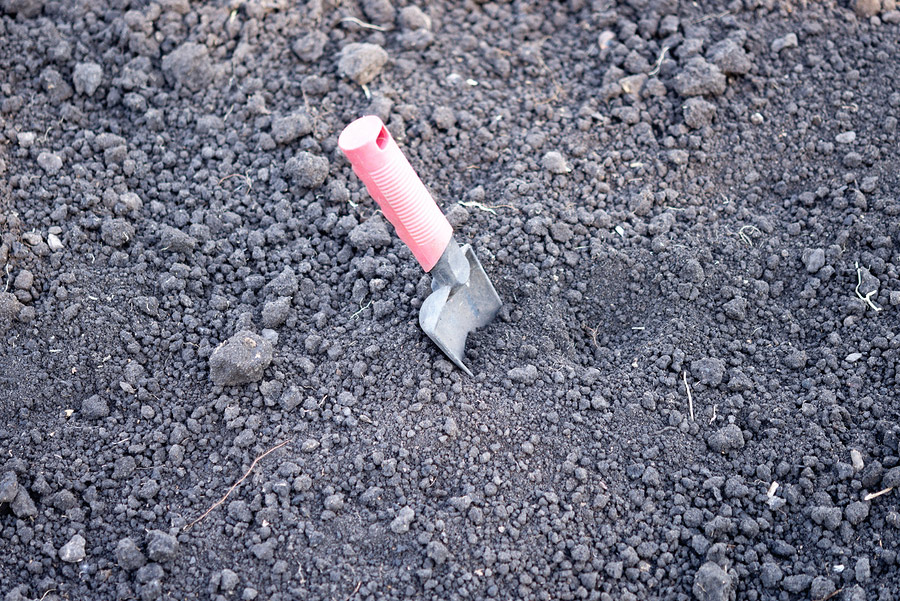Taking Samples of Your Soil
Several members of the Grow Network have expressed interest in learning about the specific nutrient content, pH, and composition of their garden soil. Some people are just generally curious about the fertility and overall health of their soil… Others are concerned about contamination from old building materials, chemical run-off, and messy neighbors.
Many of us are lucky enough to have state university agriculture extension services nearby that will provide a low cost testing service. But some people will probably need, or choose, to seek out a private lab to do the testing.

How to take soil samples for lab testing
How to Take Soil Samples
Whether you decide to send your samples off to your local extension, or to a private lab – it’s worth your time to invest a little effort in getting a good sample so that you get accurate results.
If you’re taking samples from multiple areas that likely have different soil qualities, you should consider paying for multiple tests – one test for each distinct area. If you’re testing one big homogeneous area, you’re probably safe to take a single sample as long as you stick to the the best practices for taking a sample.
If the lab you’re using requests that you follow specific instructions to take your sample… of course you should follow the lab’s instructions. If you don’t have any specific instructions, this overview from the University of Kentucky College of Agriculture Cooperative Extension Service will be a good introduction to the general best practices. This document includes information on timing, tools, depth, preparation, and sampling a large area on a grid.
Click here to read or download the original PDF – Taking Soil Test Samples
Choose the Best Time to Take Soil Samples
Keep in mind that spring and fall are the best times to get your soil tested. Fall is especially good because it allows you to address deficiencies and other issues over winter while your land isn’t in production.
If you plan on having a sample done every year or every season – be sure to do the sampling at the same time each year so that your historical results can be accurately measured against each other year over year.
Our thanks to the University of Kentucky – College of Agriculture Cooperative Extension Service for sharing these instructions. Credited authors are W.O. Thom, G.J. Schwab, L.W. Murdock, and F.J. Sikora.








